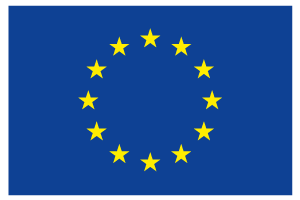
Duchenne muscular dystrophy is the most common fatal genetic disorder diagnosed in childhood, affecting approximately 1 in every 3,500 – 5000 live male births, with about 20,000 new cases diagnosed worldwide each year. DMD is caused by a mutation in the gene for dystrophin, which is located on the human X chromosome. This protein is an important component within muscle tissue that provides structural stability to the cell membrane. It is a progressive disorder that causes muscles to become weaker over time until it affects the whole body. DMD primarily affects boys, the condition in girls tends to be milder, and occurs across all races and cultures.
Duchenne is often diagnosed between the ages of two and seven. A child with DMD may have difficulty walking, running or jumping and have difficulty standing up. They may learn to speak later than usual, be unable to climb stairs without support and could have behavioural or learning difficulties.
Typically, boys with Duchenne lose their ability to walk between the ages of ten and fourteen. By their late teens, young men lose the strength in their upper bodies, including the ability to move their arms. Also during their teenage years, young men with Duchenne usually need help with breathing at night. Over time, their breathing or respiratory systems weaken, and they require constant support. Young men with Duchenne typically survive into their twenties or early thirties.
Find out more about Duchenne Muscular Dystrophy at the TREAT-NMD website
